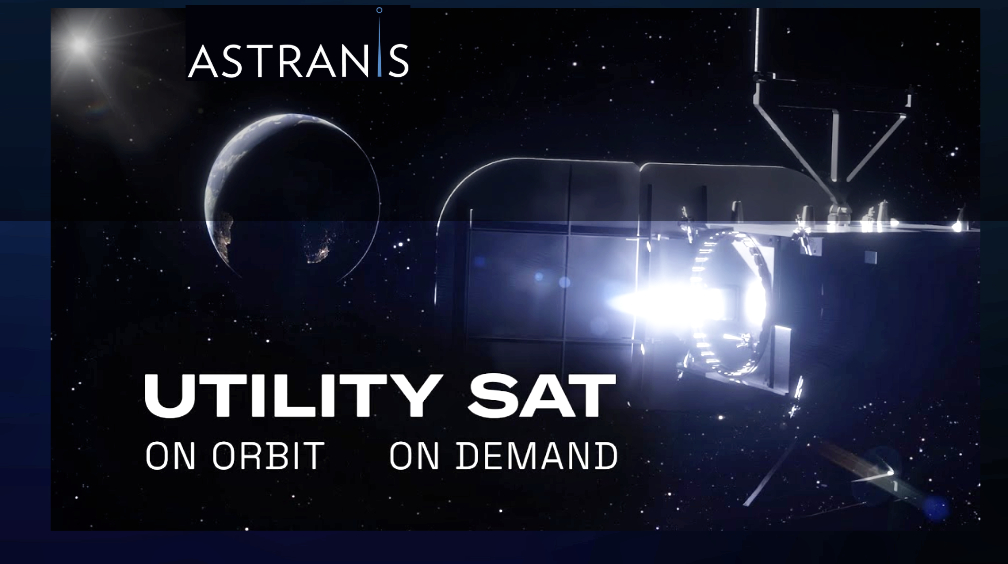
Astranis has revealed UtilitySat, a multi-mission, GEO satellite that will provide on-demand connectivity for disaster relief, bridge capacity and surge applications.
The company decided to build something new: small communications satellites that provide dedicated broadband capacity for customers. At the end of this year, Astranis will be launching four more via a dedicated Falcon 9 rocket, with many more to follow in due course.
That launch of the four satellites includes one satellite for Peru, two satellites for In-Flight Connectivity (IFC) and a fourth satellite that had been previously kept under wraps — that being UtilitySat, the Swiss Army Knife of satellites
UtilitySat is the world’s first, multi-mission, commercial GEO satellite, capable of conducting multiple, fully-operational, broadband connectivity missions. UtilitySat can provide connectivity on standard Ku-, Ka-, and Q/V-bands and possesses the flexibility to dial in exact frequencies using the company’s proprietary, ultra-wideband, Software-Defined Radiom (SDR).
UtilitySat can also relocate dozens of times around the GEO belt over its lifetime and manages this using the company’s unique, on-board, dual-propulsion architecture, which includes a chemical monopropellant system and an electric ion thruster.
Development of UtilitySat began almost two years ago and the company had many different missions in mind. UtilitySat can serve as bridge capacity for a customer that is waiting for a dedicated satellite, as an on-orbit spare, or as extra, surge capacity that can be brought in to supplement the broadband service being providing to one of our customers.
There are acute needs as well — a natural disaster can wipe out terrestrial connectivity over a huge geographic area. One of the top priorities for first responders and during disaster relief is reliable comms on the ground. With multiple UtilitySats on-orbit, Astranis can bring in extra capacity on incredibly short notice, capacity that is compatible with existing, low-cost, GEO ground terminals.
In initial conversations with customers for UtilitySat, demand has been significant — these customers often want to lease the entire capacity of the satellite once they learn what UtilitySat can offer. Customers need all the capacity they can obtain, and new capacity that can be deployed on short notice is a huge deal and a huge departure from traditional GEO satellites. The company sees a future where customers will be able to call up extra capacity on demand to augment their existing capacity needs and Astranis is making that future a reality.
The first UtilitySat mission will be for the commercial market; however, Astranis is noting significant demand from also from government customers. The U.S. Government has unique needs — combatant commanders need to be able to task dedicated satellites to specific AORs (Areas Of Responsibility) at a moment’s notice — and surge communications would give them a new tool in their toolbox, helping them win even in a contested environment.
Military leaders have said the one priority in national security space is to add resiliency to the nation’s satellite fleets, using larger numbers of smaller, flexible, and maneuverable satellites so there is no dependency on a handful of huge satellites in GEO.
The flexibility of having on-board, digital signal processing allows the firm to build a standardized satellite design and move a lot of what used to be accomplished in hardware into software. UtilitySat uses the standard Astranis MicroGEO platform, adding more frequency bands and some new software capabilities to make maximum use of the available spectrum, no matter where the satellite is on-orbit.
